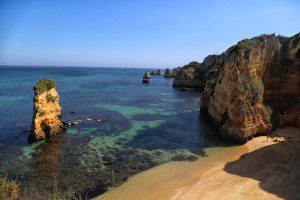
5 Stunning Coastal Spots You Can’t Miss in the Algarve
Whether you have a full week or just a weekend in the Algarve, you’ll still have time to take in some of its most beautiful beaches. We only had about

Whether you have a full week or just a weekend in the Algarve, you’ll still have time to take in some of its most beautiful beaches. We only had about
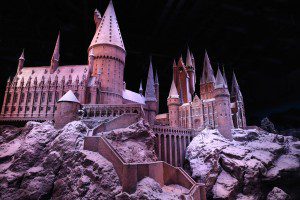
If you like Harry Potter and you’re going to London you pretty much have no choice but to do the Harry Potter London Tour at Warner Brothers Studio. From strolling

When Apple released the iPhone7 and iPhone7+, a lot of people were excited about the new camera features. In particular, one feature that stood out was the new “bokeh” effect.
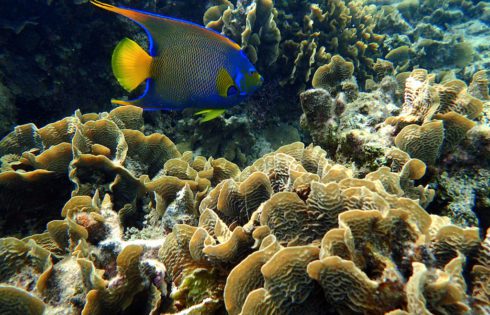
Digital cameras for underwater photography have come a long way. Nowadays, it’s remarkably easy to find a solid camera that will take great photos underwater without splurging thousands of dollars
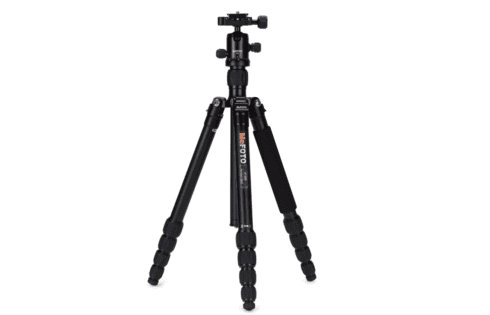
I’ve gone through many tripods over the past few years on my quest to find the best. After cycling through a number of cheap tripods, I decided it was time to
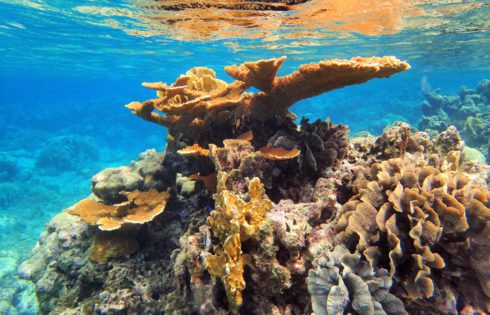
The West Bay in Roatan, Honduras is arguably one of the best snorkeling locations in the world. The coral reef extends to the beach and offers easy and safe access
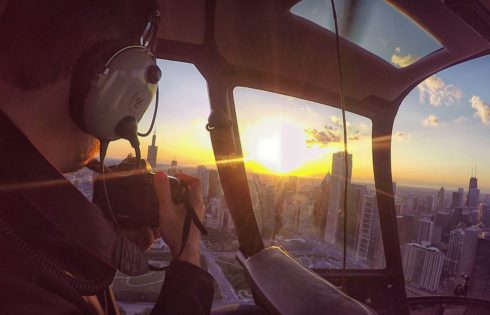
There’s simply no better way to take in the renowned skyline of Chicago than to be swooping over and around its many super-tall skyscrapers in a helicopter. Sure, there’s the Willis
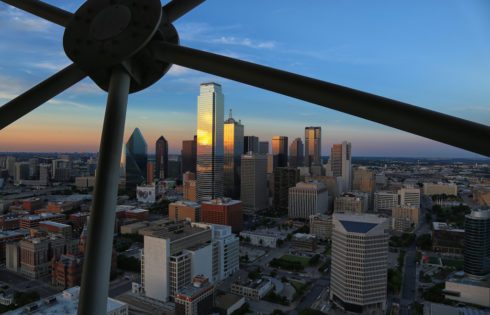
I recently completed a two-week stay in Dallas and had the chance to get out on multiple occasions and explore some of the best places to view the downtown Dallas
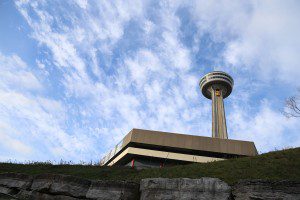
Built in the 1960s, the Skylon Tower is a great vantage point above Niagara Falls if you’re looking to catch some ariel views and photos of both the American and
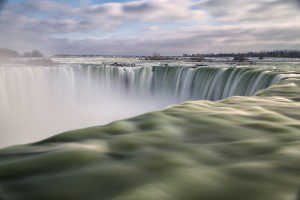
Niagara Falls has to be hands down one of the most accessible, yet breathtaking natural wonders to photograph. It’s basically impossible to not come away with some great shots after your
| Cookie | Duration | Description |
|---|---|---|
| cookielawinfo-checkbox-analytics | 11 months | This cookie is set by GDPR Cookie Consent plugin. The cookie is used to store the user consent for the cookies in the category "Analytics". |
| cookielawinfo-checkbox-functional | 11 months | The cookie is set by GDPR cookie consent to record the user consent for the cookies in the category "Functional". |
| cookielawinfo-checkbox-necessary | 11 months | This cookie is set by GDPR Cookie Consent plugin. The cookies is used to store the user consent for the cookies in the category "Necessary". |
| cookielawinfo-checkbox-others | 11 months | This cookie is set by GDPR Cookie Consent plugin. The cookie is used to store the user consent for the cookies in the category "Other. |
| cookielawinfo-checkbox-performance | 11 months | This cookie is set by GDPR Cookie Consent plugin. The cookie is used to store the user consent for the cookies in the category "Performance". |
| viewed_cookie_policy | 11 months | The cookie is set by the GDPR Cookie Consent plugin and is used to store whether or not user has consented to the use of cookies. It does not store any personal data. |
